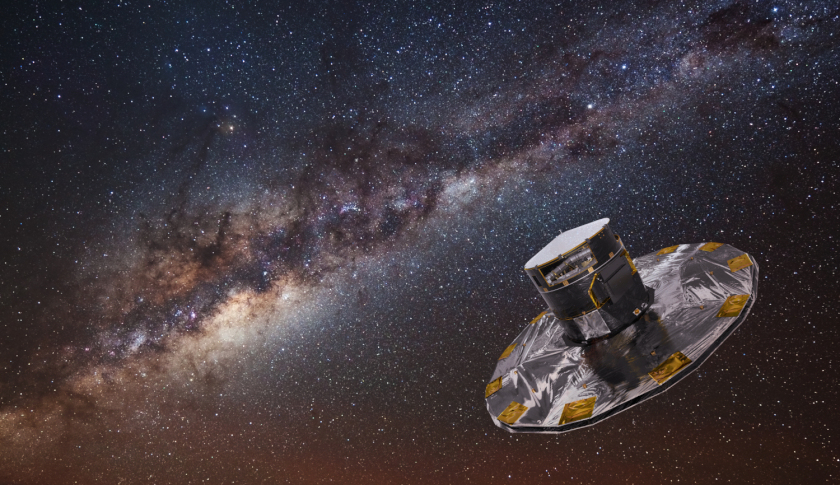Launched in August 2003, SST is an orbiting infrared space telescope designed to detect heat rather than light and whose many discoveries include Earth-sized planets circling the star Trappist-1 40 light years away.
On launch, it was envisaged Spitzer would achieve five years of service but on final retirement, that will be more than 16 years.
Spitzer is among the many space exploration probes tracked by NASA’s Canberra Deep Space Communications Complex at Tidbinbilla in the ACT.
“On January 30, 2020, NASA’s Spitzer Space Telescope will transmit the final science and engineering data to mission control and then be commanded off, ending its amazing and surprising mission,” said Dr Lisa Storrie-Lombardi, project manager for the SST at NASA’s Jet Propulsion Laboratory in California.
“But even after Spitzer ceases transmissions, scientists will continue making discoveries from its 16 years of data for decades to come.
“Spitzer enables groundbreaking advances in our understanding of planetary systems around other stars, the evolution of galaxies in the nearby and distant universe, the structure of our Milky Way galaxy, the infinite variety in the lives of stars, and the constituents of our solar system.”
Spitzer was named after US astronomer Lyman Spitzer, who in the 1940s promoted the concept of telescopes in space and their advantages in being outside the Earth’s atmosphere.
It was anticipated Spitzer’s useful life would end when it exhausted its onboard supply of liquid helium, used to cool the sensors on its three onboard infrared cameras.
The last of the coolant was used in May 2009 and most of its sensors no longer work. However, the two shortest wavelength modules of the infrared array camera have continued to operate with the same level of sensitivity.
But operating an ageing satellite far from Earth has proved increasingly challenging.
Spitzer orbits the sun on a course similar to Earth but slightly slower. It’s now about 254 million kilometres away and can only transmit data for about two and half hours before it needs to realign its solar panels to recharge its batteries.
That communications window is growing smaller as distance from Earth increases.
To align the satellite to make distant communication possible has required very careful commands from Earth, with the risk that Spitzer’s onboard software will trip into safe mode and never reawaken.
Hence the decision to shut down the satellite at a time of their choosing.
"I can genuinely say that no one involved in the mission planning thought we'd be running in 2019," said Dr Storrie-Lombardi.
“But we have an incredibly robust spacecraft and an incredible team. And we've been lucky. You have to have some luck, because you can't anticipate everything."
Spitzer’s mission will be taken up by the new James Webb Space Telescope, which is many times more sensitive. It’s set to be launched in 2021.

